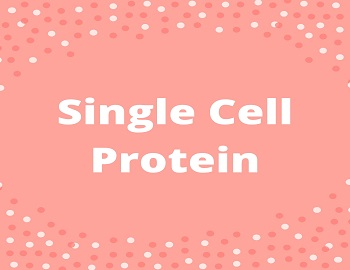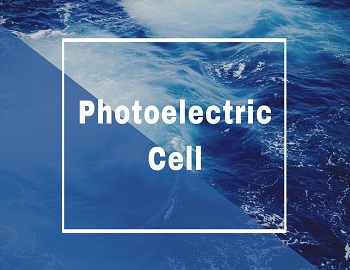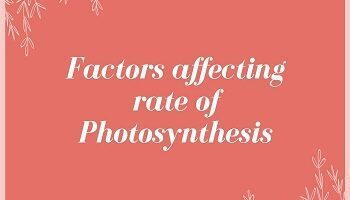Table of Contents
What is Single Cell Protein?
Single Cell Protein is a microbial biomass rich in high-quality protein. Cells from a variety of micro-organisms viz. bacteria, cyanobacteria, yeasts, filamentous fungi and algae, treated in various ways and used as food or feed.
| Bacteria | Pseudomonas fluorescens, Brevibacterium, Lactobacillus, Methylophilus methylotrophus |
| Cyanobacteria | Spirulina |
| Yeasts | Saccharomyces cerevisiae, Candida utilis, Candida tropicalis |
| Filamentous Fungi | Fusarium graminearum, Aspergillus fumigatus, Aspergillus niger, Chaetomium cellulolyticum |
| Algae | Chlorella pyrenoidosa, Chondrus crispus, Scenedesmus |
Substrates used for the production of Single Cell Protein:
A variety of substrates are used for single-cell protein production. Algae that contain chlorophylls, do not require organic wastes. They use free energy from sunlight and carbon dioxide from the air, while bacteria and fungi require organic wastes, as they do not contain chlorophyll, the major components of substrates are the raw materials which contain sugars, starch, lignocellulose from woody plants and herbs having residue with nitrogen and phosphorous contents and other raw materials.
Importance of Single Cell Protein:
- Single Cell Protein is rich in high-quality protein and is rather poor in fats, hence a valuable supplement in the human diet. Its use bridges the gap between the requirement and the supply of proteins in the human diet.
- It reduces the pressure on agricultural production systems for the supply of the required proteins.
- Single Cell Protein production based on industrial effluents helps in reducing the environmental pollution.
- The microorganisms, used in the production of Single Cell Protein, are very fast-growing and produce a large amount of protein from a relatively very small area of land.
- Spirulina possesses many medicinal properties. It has been recommended by medicinal experts for reducing body weight, cholesterol and for better health. It lowers the sugar level in the blood of diabeties. It is a good source of β-carotenes and helps in monitoring healthy eyes and skin.









Comments (No)